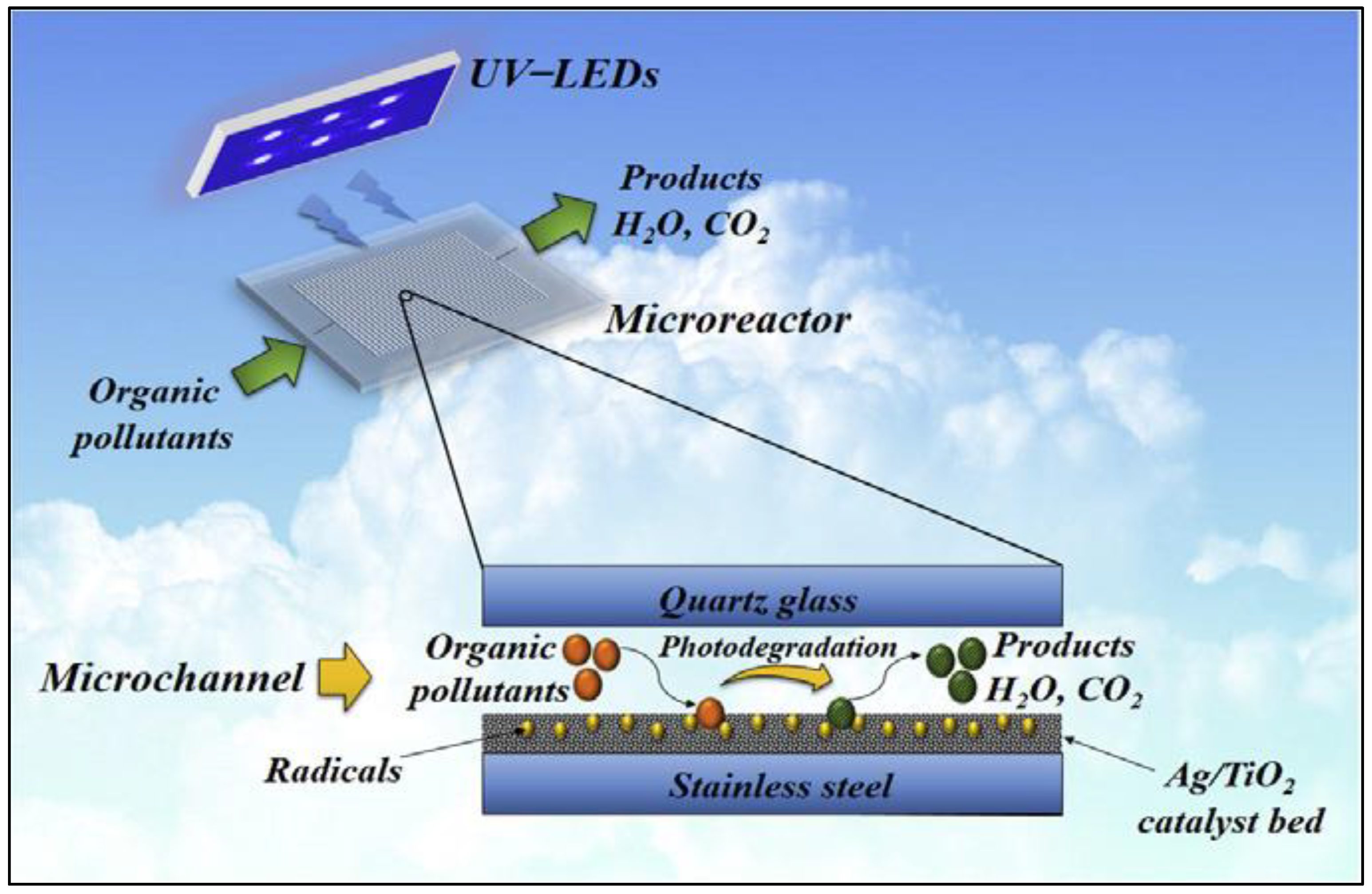


Since this is a flow reaction, you should also describe your flow rates of the feed materials.For multiphasic systems, the startup procedure can affect which phase is continuous and which is disperse. Ideally with temperature, you measure a temperature most representative of the reaction, rather than the temperature of the reactor exterior. Your feed compositions, temperature and pressure are essential descriptions of your setup. As well as information to support kinetic understanding, this also provides a framework on which to scaleup processes.Ī list of common symbols used in flow chemistry are shown under the flow chemistry equipment page.Īs much as possible, you should describe both your reaction parameters and your reactor parameters. This, alongside the temperature will allow replication of your process, but also if required the ability to describe the conditions more fundamentally - that is the local environment under which the reaction runs, in addition to the global characteristics of the reactor. A top level description will describe the physical environment of the reaction - for example if the reaction is taking place in a tubular reactor then describe the characterisitcs of the reactor (pipe diameter and pipe length) and the characteristics of the fluid (composition, viscosity, density and flow rate). However, the purpose of such a diagram is more than showing connections, but to begin to describe the conditions under which the reaction takes place, with a particular focus on the reactor itself. A process diagram shows the interconnections between different elements of your flow setup, together with online and atline measurements.


 0 kommentar(er)
0 kommentar(er)
